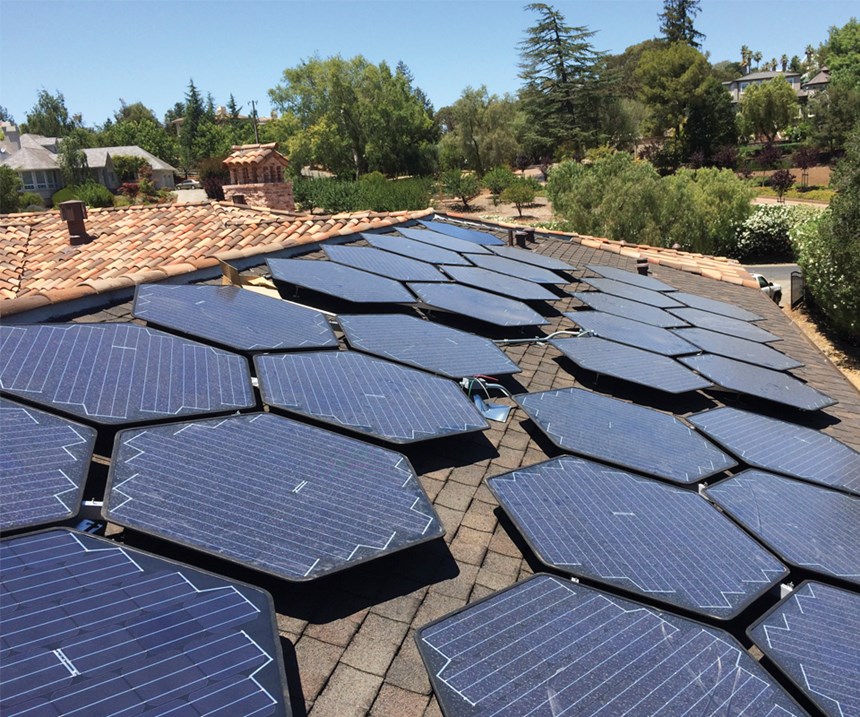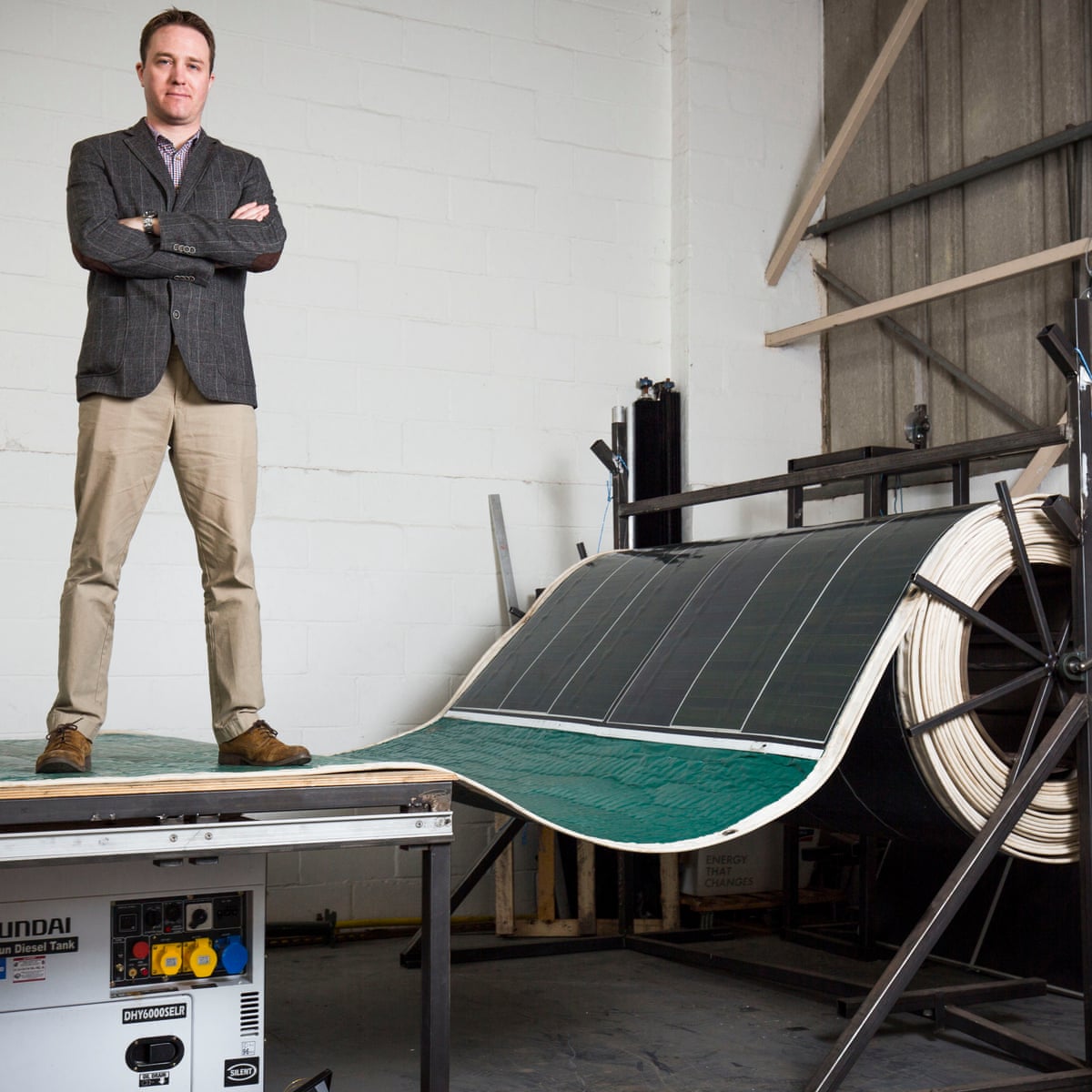These lightweight panels would allow soldiers to recharge batteries on the go and reduce the total amount of batteries needed per mission.
Lightweight solar panels worn by soldiers in combat.
Wearable lightweight solar panels developed by the australian national university anu convert light directly into electricity via sliver solar cell technology.
This level of confidence and trust in solar panels is witnessed at home station as well demonstrated by large numbers of soldiers who use solar panels to charge their personal devices while camping hiking or at the beach.
One solution to the problem is the use of solar panelslike the marine austere patrol system being developed by the office of naval research.
The anu centre for sustainable energy systems developed the sliver cells as part of a 2 3 million contract with the department of defence.
This soldier worn integrated power equipment system swipes has been employed in combat.
Soldiers in afghanistan and at the nie have harnessed solar power and used this energy to power their personal devices.
Army s development of photovoltaic tech to power u s.
11th august 2011 11 23 am 17th december 2015 12 46 pm.
Just one fiftieth the thickness of a human hair and capable of.
On the dismounted soldier and marine the issue is the weight and space of the batteries.
Powerfilm panels are man portable durable enough for combat and extremely lightweight for mobility on the battlefield.
Back in june 2004 defensereview reported on the u s.
Army tents and even soldiers themselves by integrating lightweight flexible solar panels with tent and combat uniforms bdu fabric.
Rugged lightweight solar panels suitable for infantry soldiers to wear in combat have been developed by the australian national university anu.
Lincoln renewable energy begins solar power project.
Researchers go for gold in.
Lightweight solar panels can be worn by soldiers in combat.
People trying to stick to a dietary regime could benefit from a new wrist worn device that tracks the number of bites taken during meals.
It is battery agnostic using standard military batteries carried in a rucksack or for the infantry a special conformal battery that is worn typically under body armour.
Using gossamer like layers of flexible polymers researchers at mit have created the thinnest and lightest solar cells ever made.



























